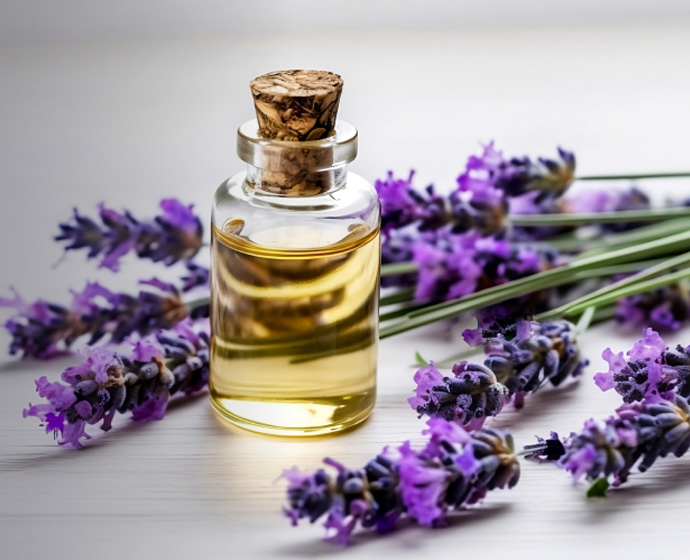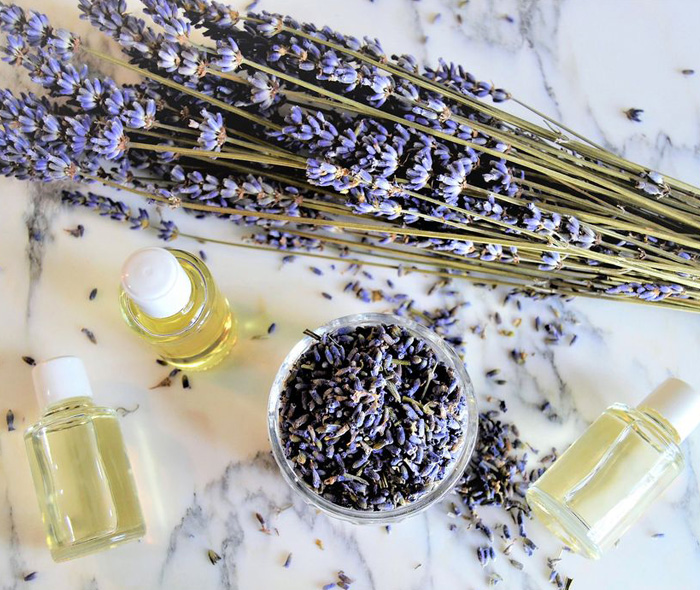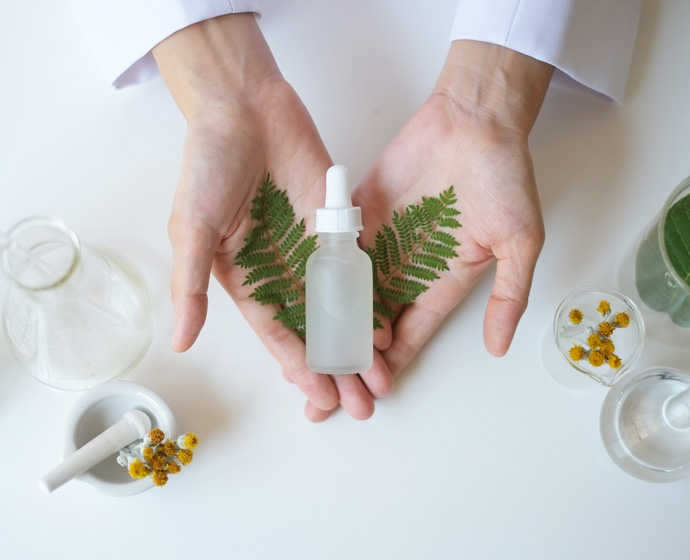Explore the world of fragrance on Misthree’s Blog. Discover articles and stories of fragrance, water-based innovations, and more.

Essential oils are extracted from various parts of plants, including leaves, flowers, stems, bark, and roots. The extraction methods play a pivotal role in preserving the potency and fragrance of these oils. The two most common methods are:
Steam Distillation: This classic method involves passing steam through plant material, which causes the release of volatile compounds. As the steam cools, it condenses into a liquid containing the essential oil. The oil is then separated from the water and collected.
Cold-Press Extraction: Typically used for citrus oils, this method involves mechanically pressing the oil from the peel of the fruit. It’s a simple and traditional way of obtaining essential oils without the need for heat or chemicals.
Aromatherapy, the practice of using essential oils for therapeutic purposes, is backed by both tradition and science. When inhaled, the aromatic compounds in essential oils stimulate olfactory receptors in the nose. These receptors send signals to the brain’s limbic system, which plays a role in emotions, memories, and mood. This process explains why certain scents can evoke specific feelings and sensations.
Additionally, essential oils contain bioactive compounds such as terpenes and phenols, which contribute to their therapeutic properties. These compounds can have anti-inflammatory, antimicrobial, and antioxidant effects when used appropriately.


In the enchanting world of essential oils, nature’s fragrant offerings meet modern wellness practices. From soothing lavender to invigorating peppermint, these concentrated extracts have the power to enhance our physical, emotional, and mental well-being. With a deep-rooted history and a science-backed approach, essential oils continue to enthrall and provide a natural path to holistic health. As you explore the myriad scents and benefits of essential oils, remember to do so with awareness, respect, and a keen sense of the wonders they can bring to your life.
Stay up to date witth our latest news, updates and special offers